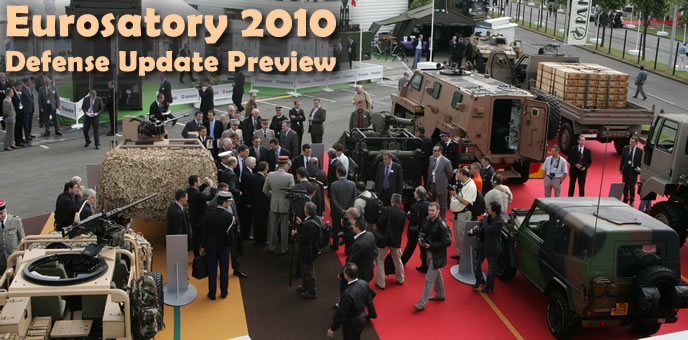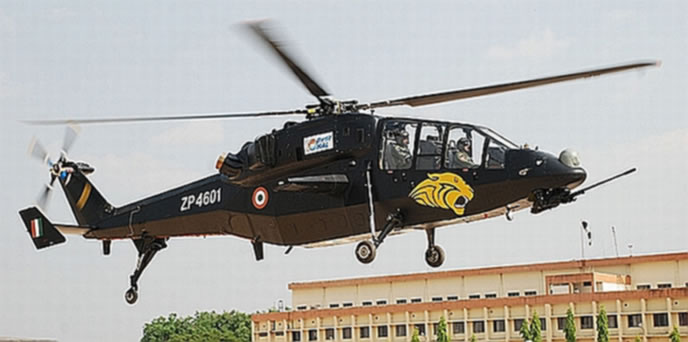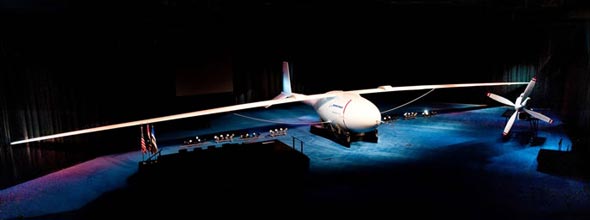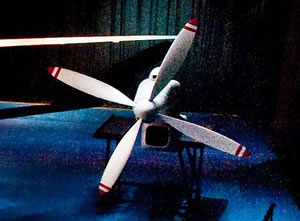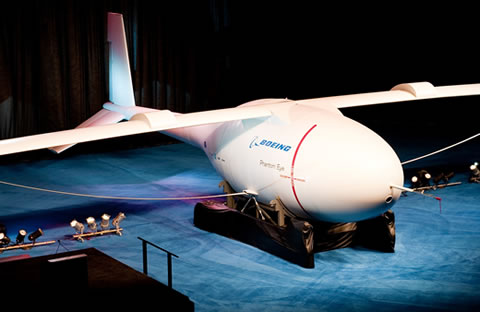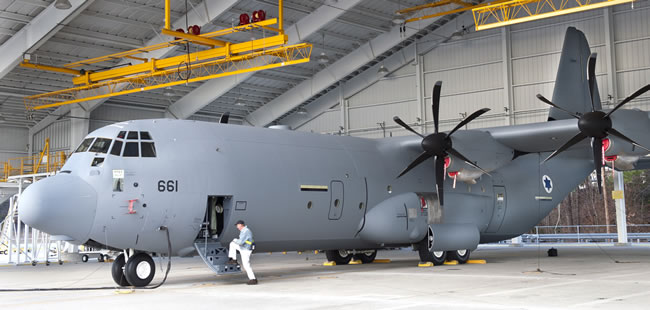[Update: Eurosatory 2012 Preview]
World’s Defense Industries Set Course toward paris
Flying robots, field medical operating facilities, wearable electronics will be some of the highlights of this year’s Eurosatory defense exhibition.
The world’s premier land warfare event, Eurosatory 2010 will take place near Paris from 14 to 18 June 2010. Highlighting all aspects of air-land warfare, security and force protection, Eurosatory provides the hub of defense industries presenting hardware and services for the military, defense ministries and primes.
The bi-annual event attracts tens of thousands of visitors, from five continents, assembling here to learn about the latest trends in defense and security. The last event, held in 2008 attracted over 52,000 visitors (about half of them came from abroad). 117 official delegations from 75 countries attended the show. The event hosted 1,210 exhibitors, with over 800 were international, from 52 countries.

Israel’s Merkava 4 with its Trophy Active Protection System to Become the Hub of Israel’s Pavilion at Eurosatory 2010
The global economic crisis and industries conglomeration has made its mark on the defense market. As of March 2010 the exhibitor’s list includes 710 international and 335 domestic companies, commercial and government. In total, more than 1,070 exhibitors are planning to participate, representing about 10% drop from the 2008 all-time peak. The organizers expect the list to increase as the deadline draws to a close.
In total, 335 French defense companies and organizations are expected to participate (not including media and event organizers). The three leading NATO members will lead the international participation, with Germany (112 trade exhibitors), the USA (111) and the UK (71). Israel will be the largest non-NATO exhibitor, with 52 companies exhibiting; the Israeli national pavilion is expected to be the largest pavilion ever established at an international defense show, hosting 23 exhibitors. Other large national exhibits will highlight Italy, the Czech Republic (33), Spain (21), Netherlands (20) and Belgium (19). Three European nonaligned countries will muster one of the largest segments at the show – 77 exhibits, including Austria (29), Sweden (25) and Switzerland (23), underlining the significance of arms industries among their economies. The organizers also expect a large Russian exhibit, to be managed by state operated defense export monopoly Rosoboronexport. Smaller participation is expected by developing countries from the Balkans, including Slovenia, Croatia and Bulgaria, even Serbia will send one exhibitor. Four will come from Greece and nine from Turkey.
In addition to the large exhibition hall and large outdoor exhibit hosting over 1,500 defense systems on static display, the adjacent 50,000 M2 proving grounds and obstacle course, is where these systems will be demonstrating in live action – combat vehicles, combat support and combat service support equipment negotiating obstacles under simulated live conditions. Adjacent group displays will also highlight specific themes covering command posts, medical facilities, field deployed, maintenance and field repair shops.
This year’s exhibition highlights several ‘technology clusters’, covering unmanned systems, associated with conferences organized by the Unmanned Vehicles Systems International association and operational medicine, associated with the international conference on operational medicine, organized by the French armed forces. The unmanned systems group display was first launched in 2008 and is expected to be even bigger this year, featuring live demonstrations of robotic vehicles performing certain tasks such as manipulation, indoor exploration, surveillance, checkpoint activities and even indoor flight by mini and micro rotary-wing drones.
The event wil co-host the UVS Forum, organized by UVS International, this annual global gathering of developers, manufacturers and users of unmanned system covers the entire range of applications of unmanned systems, for miliary, security, commercial, forrestery, and other applications. This year UVS Forum decided to join Eurosatory for a 5-day round of conferences.
 Another focus area will be Training and Simulation (T&S), which was a real success in 2008, when the cluster concept was launched. In the current fragile economy situation, Armed Forces tend to reduce their training budgets and turn to the so effective but less expensive solutions of training through simulation. Two years ago more than 140 exhibiting companies, among the most important of the sector, where present at the exhibition, addressing specific interests stated by visitors and delegations. This year the T&S cluster will include specific features as conferences and workshops dedicated to the field.
Another focus area will be Training and Simulation (T&S), which was a real success in 2008, when the cluster concept was launched. In the current fragile economy situation, Armed Forces tend to reduce their training budgets and turn to the so effective but less expensive solutions of training through simulation. Two years ago more than 140 exhibiting companies, among the most important of the sector, where present at the exhibition, addressing specific interests stated by visitors and delegations. This year the T&S cluster will include specific features as conferences and workshops dedicated to the field.
The French Armed Forces Joint Medical Service will be involved in the operational medicine cluster and will present its most sophisticated equipments, including an all equipped forward surgical team. With foreign Military Medical Services (Germany, USA, UK and other military services), it will co-organize an international conference dedicated to forward operational medicine. A large number of French and foreign manufacturers will be present in this cluster.
This year soldier systems and night vision exhibits will also be formed in clusters, as well as Chemical, Biological, Radiological and Nuclear (CBRN) and homeland defense and security, addressing requirements for dual capabilities of military equipment, stemming from an actual security and defense continuum. Embedded electronics and ‘industrial subcontracting’ will also be highlighted in clusters. Eurosatory will provide a ‘business week’ for many executives from mid-size companies, gaining access to world markets, especially for Small and Medium Enterprises (SME), who will benefit from the Eurosatory One-to-one Business Meetings. This new concept generated some 4,900 business meetings in 2008.
Defense Update will keep updating you on the upcoming event, as well as during the exhibition. We’ll also publish a comprehensive summary of the show, highlighting new products, programs trends. We invite you to subscribe to our free news service, updating you daily or weekly email updates, providing current news, including the upcoming Eurosatory reports. Exhibitors and visitors interested in sponsoring our service are invited to contact our sales department for details on our sponsorship packages.
Our review of Eurosatory 2010 will focus on the following topics:
- Amphibious Warfare
- Armor Protection, Armored Vehicles
- Army Aviation (Helicopters, Air Support)
- Combat Engineering
- Combat Vehicles
- Command, Control & Communications
- Counter IED
- Electronic Warfare
- Force protection
- Integrated Soldier Systems
- Intelligence, Surveillance, Reconnaissance
- Logistics & Support
- Remote Weapon Stations
- Training and Simulation
- Unmanned Systems and Robotics (UAV, UGV)
Companies participating at the show are invited to contact us and send previews of their products for coverage in our reports.

